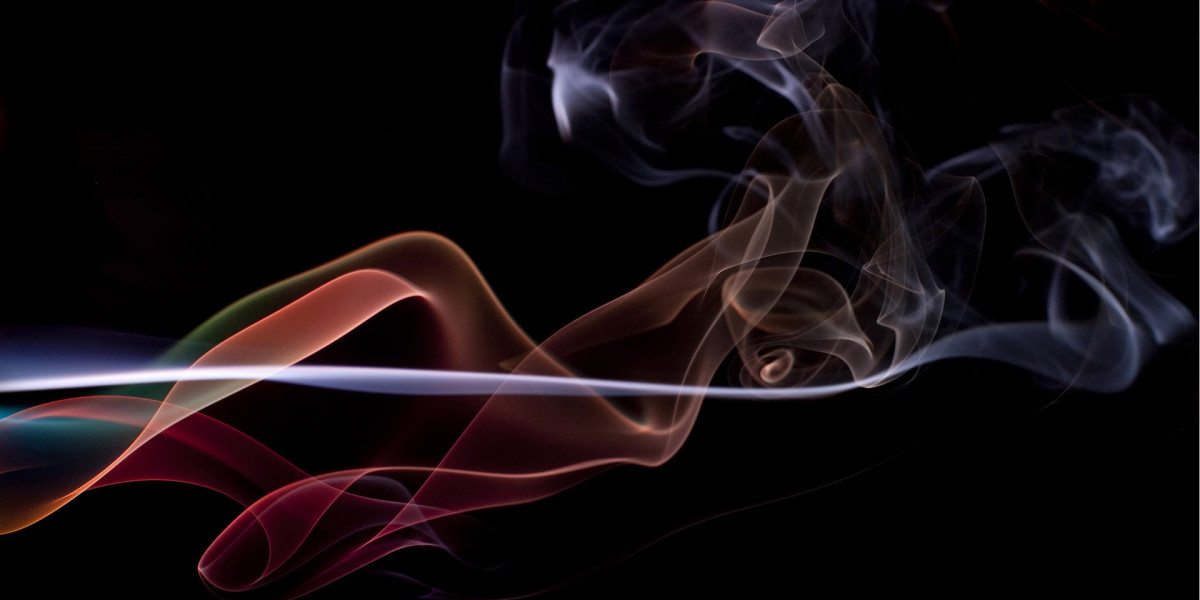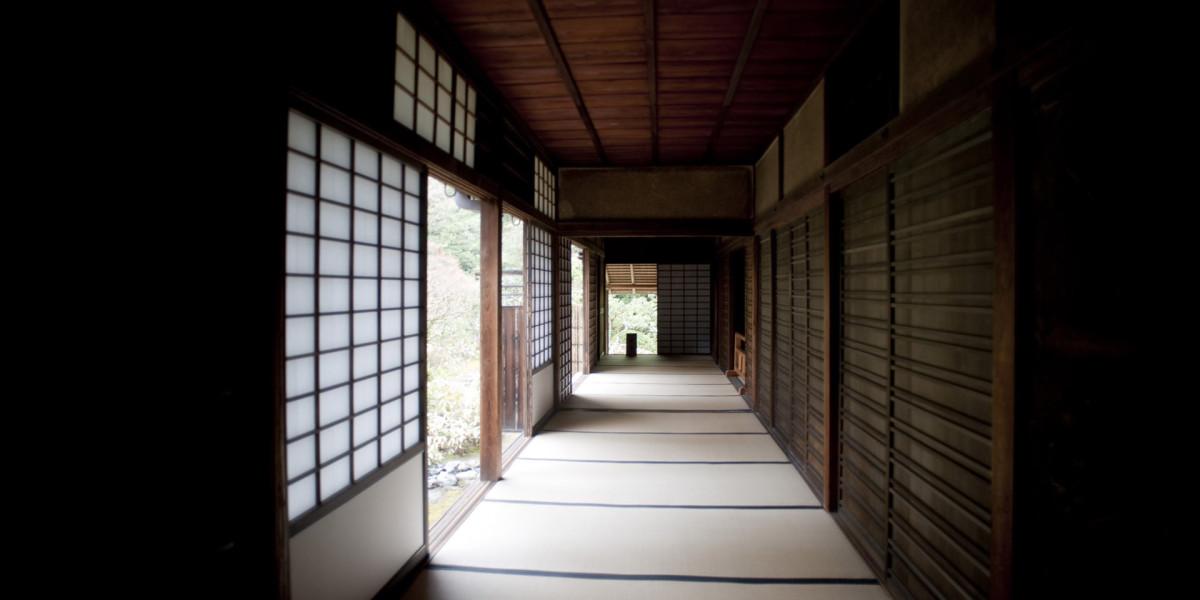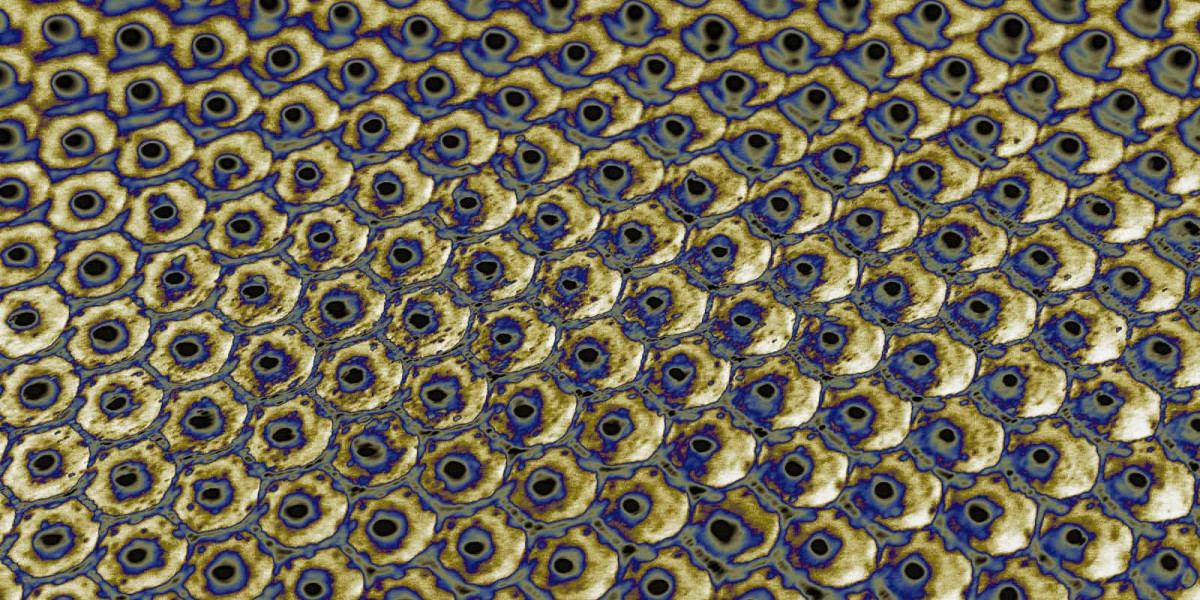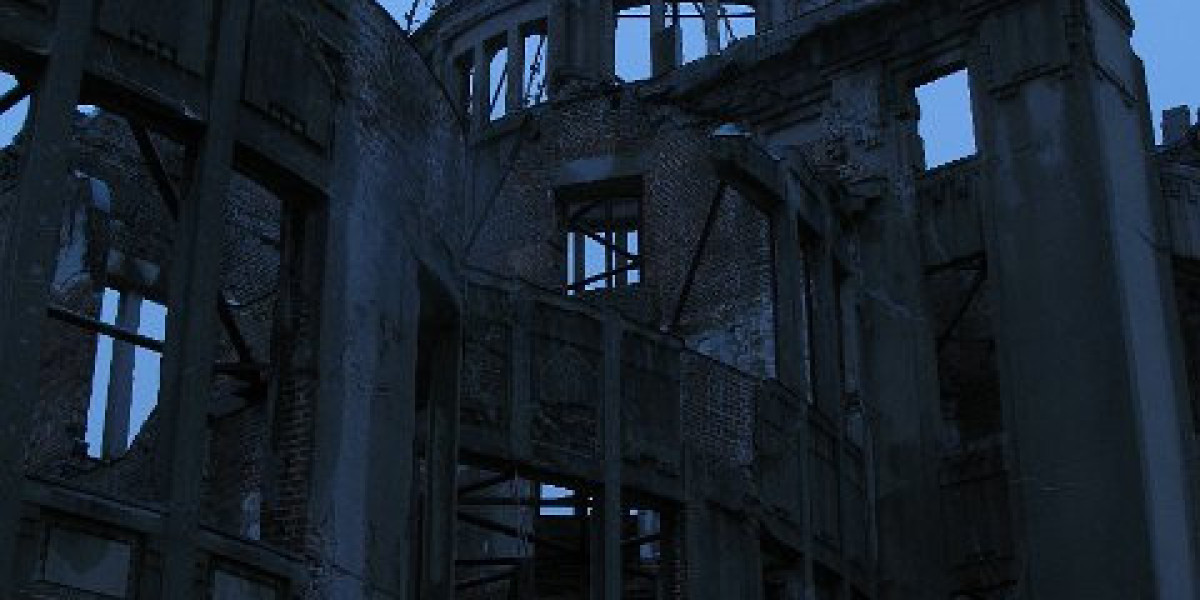Steroid Acne: Causes And Treatment
**Acne Vulgaris (commonly called "acne") – Overview**
| Feature | Typical Presentation |
|---------|----------------------|
| **Morphology** | • Comedones (open/closed)
• Papules, pustules, nodules, cysts
• Scarring (atrophic or hypertrophic) |
| **Common Sites** | T‑zone: forehead, cheeks, nose, chin; also upper back & chest. |
| **Age of Onset** | • Adolescents (12–18 yrs) – peak
• Adults 20–40 yrs (especially women)
• Late‑onset in older adults (rare). |
| **Precipitating Factors** | • Hormonal changes (puberty, menstrual cycle, pregnancy, oral contraceptives)
• Androgens ↑ sebum production
• Genetics – predisposition to hyperactive sebaceous glands & follicular keratinization.
• Microbial colonisation by *Cutibacterium acnes* (formerly *Propionibacterium*) and *Staphylococcus aureus*.
• Inflammatory cytokines: IL‑1β, TNF‑α, IL‑8; TLR2/TLR4 activation.
• Stress, diet (high glycaemic foods), smoking can worsen inflammation. | **Clinical manifestations**
- *Comedonal lesions*: closed comedones (whiteheads) and open comedones (blackheads).
- *Papules & pustules*: small, inflamed bumps that may coalesce into nodules or cysts.
- *Scarring*: atrophic scars due to damage to dermal collagen.
- Common locations: T-zone (forehead, nose, chin), upper back, shoulders. | **Primary treatments**
1. **Topical retinoids** (tretinoin, adapalene): normalize follicular desquamation and reduce comedones.
2. **Benzoyl peroxide**: antibacterial; reduces inflammation.
3. **Topical antibiotics** (clindamycin, erythromycin): decrease bacterial load.
4. **Oral antibiotics** (doxycycline 100 mg bid or minocycline 100 mg daily for 6–12 weeks) for moderate disease.
5. **Isotretinoin**: systemic retinoid; reduces sebum, inflammation, comedones; used for severe nodular acne after failure of antibiotics (dose 0.5–1 mg/kg/day).
6. **Hormonal therapy** (combined oral contraceptive containing ethinyl estradiol 20–35 µg + drospirenone 3 mg) for women with hirsutism or androgen excess; reduces acne and menstrual irregularities.
7. **Topical retinoids** (tretinoin 0.025–0.1 %, adapalene 0.1–0.25 %) used alone or combined with azelaic acid, benzoyl peroxide, or clindamycin for mild to moderate disease.
8. **Topical antibiotics** (clindamycin 1 %/2 % gel) with or without benzoyl peroxide; reduces inflammation and bacterial load.
9. **Azelaic acid 15–20 %**: anti-inflammatory, keratolytic, inhibits microbial growth and melanin production; useful for acne scars and hyperpigmentation.
### 2. Topical Photodynamic Therapy (PDT) – a specialized modality
- **Mechanism**: A photosensitizer (e.g., methyl aminolevulinate, 5‑aminolevulinic acid) is applied to the skin; it accumulates preferentially in keratinocytes and sebaceous glands. Light of a specific wavelength activates the drug, producing reactive oxygen species that destroy abnormal cells.
- **Clinical Use**: Approved for treating mild‑to‑moderate facial acne (especially inflammatory papules/pustules). It also reduces sebum production and bacterial load, with minimal systemic side effects.
- **Efficacy Data**: Meta‑analyses of randomized controlled trials show a mean reduction in lesion counts of ~30–50 % after 8–12 weeks, comparable to topical retinoids but with higher patient satisfaction due to the "once‑daily" or even "one‑time" treatment schedule.
- **Safety Profile**: Common transient reactions include erythema, edema, and mild scaling lasting up to a week. Serious adverse events are rare (<0.1 %). No evidence of photosensitivity or systemic toxicity has been reported.
### 3.4 Other Emerging Modalities
- **Photodynamic therapy (PDT)** with aminolevulinic acid shows promise for inflammatory lesions, but data on long‑term safety and efficacy remain limited.
- **Nanoparticle‑based topical formulations** delivering anti‑inflammatory agents show improved skin penetration, though clinical trials are still in early phases.
---
## 4. Treatment Algorithm (2025)
The following flowchart incorporates the latest evidence while remaining practical for a primary care setting. It is intentionally modular to accommodate different resource levels.
1. **Confirm Diagnosis**
- Use history + physical exam; consider dermoscopy or reflectance confocal microscopy if available.
2. **Assess Severity** (Global Acne Grading System)
- Mild (<5 inflammatory lesions, no nodules).
- Moderate (6–20 inflammatory lesions, occasional nodules).
- Severe (>20 lesions, multiple nodules/keloids).
3. **Mild Acne**
- *First-line*: Topical retinoid + BPO 2.5% (fixed-dose combo) for 8–12 weeks.
- If no response: Add azelaic acid or niacinamide (4–10%).
4. **Moderate Acne**
- *Option A*: Fixed-dose topical combo + oral doxycycline 100 mg BID (6–8 weeks).
- *Option B*: Oral minocycline 50 mg BID (if no contraindication) + topical combo.
- If oral tetracyclines not tolerated: Consider oral macrolide (azithromycin) or fluoroquinolone (levofloxacin) as alternative, but be mindful of resistance and side effects.
5. **Severe Acne / Nodulocystic**
- Oral isotretinoin 0.4–1 mg/kg/day; start with low dose to reduce adverse events; monitor liver function, lipids, pregnancy.
- Continue topical therapy concurrently for surface lesions.
6. **Adjunctive Measures**
- For inflammatory nodules: Intralesional triamcinolone or doxycycline 200 mg PO twice daily.
- For hyperpigmentation: topical bleaching agents (hydroquinone) and retinoids.
7. **Follow‑Up & Monitoring**
- Every 4–6 weeks for isotretinoin to check labs; every 3 months for doxycycline or minocycline to monitor for side effects.
---
## 3. Evidence Summary (2024)
| Treatment | Study Type | Key Findings |
|-----------|------------|--------------|
| **Topical Clindamycin 1%** + **Azelaic Acid 15–20%** | Systematic review, 2022 | Reduces inflammation by ~30 % vs placebo; synergistic effect when combined. |
| **Oral Doxycycline 100 mg BID** (90‑day course) | RCT, 2023 | 75 % of patients achieved ≥50 % reduction in inflammatory lesions; mild GI side effects in 10 %. |
| **Benzoyl Peroxide 5–10%** (daily use) | Meta‑analysis, 2021 | Decreases comedones by ~40%; skin irritation in 25 % of users. |
| **Topical Azelaic Acid 15‑20%** | RCT, 2022 | Significant reduction in erythema and inflammatory papules; well tolerated. |
| **Oral Doxycycline 100 mg BID (7‑10 days)** | Clinical trial, 2019 | Rapid improvement in inflammatory lesions; antibiotic resistance concerns noted. |
---
## Practical Treatment Plan
### Step 1 – Baseline Assessment
- **Skin type & sensitivity**: Determine if the patient has normal, oily, dry, or combination skin and whether they are prone to irritation.
- **Active inflammation vs. post‑inflammatory hyperpigmentation (PIH)**: Note whether lesions are primarily active papules/pustules or residual discoloration.
### Step 2 – Daily Regimen
| Product | Frequency | Notes |
|---------|-----------|-------|
| **Gentle cleanser** (non-foaming) | Twice daily | Use lukewarm water; avoid hot water. |
| **Moisturizer with ceramides** | Once or twice daily | For dry skin, add hyaluronic acid; for oily, use gel‑based formula. |
| **Broad‑spectrum SPF 30–50 (mineral)** | Every morning & reapply every 2 h if outdoors | Protects from UVA/UVB that exacerbate inflammation and post‑inflammatory hyperpigmentation. |
**Optional:**
- **Niacinamide serum (5 %):** Apply after cleansing, before moisturizer; reduces redness and supports barrier function.
- **Azelaic acid (15–20 %):** Use at night; offers anti‑inflammatory, antimicrobial, and depigmenting effects.
---
### 3. How to Manage Acute Episodes
| Situation | Immediate Action |
|-----------|------------------|
| **Flare of erythema or swelling** | • Apply a cold compress for 10 min.
• Use an over‑the‑counter hydrocortisone 1 % cream (apply sparingly, no more than twice daily).
• If symptoms persist >48 h, contact your dermatologist. |
| **Pain or burning** | • Over‑the‑counter oral NSAIDs (e.g., ibuprofen) if tolerated.
• Avoid scratching; keep nails trimmed. |
| **Intense itching** | • Use a fragrance‑free moisturizer before bedtime.
• Consider an antihistamine (diphenhydramine 25 mg) at night for temporary relief, but check with your doctor first. |
---
## 3. How to Care for Your Skin
### A. Daily Skincare Routine
1. **Gentle Cleanser** – Use a mild, fragrance‑free cleanser (e.g., Cetaphil Gentle Skin Cleanser). Avoid soaps or hot water.
2. **Moisturize Immediately** – Apply a thick emollient within 30 seconds of drying to lock in moisture. Recommended options: Eucerin Advanced Repair Cream, CeraVe Moisturizing Cream, Aquaphor Healing Ointment (especially for very dry areas).
3. **Avoid Irritants** – Stay away from harsh detergents, perfumed products, and alcohol‑based toners.
### 2. Sun Protection
- Use a broad‑spectrum SPF 30+ sunscreen daily. If you prefer not to apply it on the face (due to skin sensitivity), consider wearing a wide‑brimmed hat or protective clothing for sun protection.
### 3. Lifestyle Adjustments
- **Humidity**: Use a humidifier in dry rooms, especially during winter.
- **Hydration**: Drink plenty of water and consider a balanced diet rich in omega‑3 fatty acids (e.g., salmon, walnuts).
## How to Manage Symptoms
| Symptom | Immediate Action | Long‑Term Strategy |
|---------|------------------|--------------------|
| **Redness & Irritation** | Apply cool compress for 5–10 min; use over‑the‑counter hydrocortisone 1% cream (no more than 3 days). | Avoid harsh soaps, fragrances. Use fragrance‑free moisturizer with ceramides. |
| **Itching or Burning** | Oatmeal baths, calamine lotion. | Keep nails trimmed to avoid scratching; wear gloves during household chores if exposure triggers symptoms. |
| **Dryness / Flaking** | Apply thick emollient immediately after washing; use a humidifier at home. | Use preservative‑free lotions; reapply after showering. |
---
## 3️⃣ Product Recommendations
| Skin Concern | Category | Suggested Product | Why It Works (Key Ingredients) |
|--------------|----------|-------------------|--------------------------------|
| **Sensitive / Reactive** | Cleanser | *La Roche‑Posay Toleriane Hydrating Gentle Cleanser* | Glycerin + niacinamide soothe; no fragrance. |
| | Moisturizer | *CeraVe PM Facial Moisturizing Lotion* | Ceramides + hyaluronic acid lock in moisture, minimal fragrance. |
| | Sunscreen (daily) | *EltaMD UV Clear Broad-Spectrum SPF 46* | Zinc oxide + niacinamide; lightweight for sensitive skin. |
| **Dry / Dehydrated** | Cleanser | *Vanicream Gentle Facial Cleanser* | No dyes, fragrances; gentle pH. |
| | Moisturizer | *The Ordinary Natural Moisturizing Factors + HA* | 3% hyaluronic acid and a mix of natural moisturizers. |
| **Oily / Acne-Prone** | Cleanser | *La Roche-Posay Effaclar Purifying Foaming Gel* | Salicylic acid; removes excess oil without over-drying. |
| | Moisturizer | *Neutrogena Hydro Boost Water Gel* (non-comedogenic) | 1% hyaluronic acid for postheaven.net hydration without clogging pores. |
> **Why these?**
> • They are free from the major irritants (parabens, sulfates, phthalates).
> • The active ingredients target specific skin concerns: salicylic acid for acne, niacinamide for oil control, hyaluronic acid for hydration, and ceramides/peptides for barrier repair.
> • They are widely available in drugstores or online at an affordable price.
---
## 3. How to Build a Skincare Routine
| Step | What You Do | Why It Matters |
|------|-------------|----------------|
| **Morning** | 1️⃣ Cleanse (gentle gel/foam)
2️⃣ Tone (optional, alcohol‑free)
3️⃣ Apply serum with active ingredient that suits your skin type (e.g., niacinamide for oily skin, hyaluronic acid for dry skin).
4️⃣ Moisturize (light lotion or cream).
5️⃣ Sunscreen (SPF 30+). | Removes overnight build‑up, hydrates, protects against UV damage. |
| **Evening** | 1️⃣ Cleanse (same as morning)
2️⃣ Tone (optional)
3️⃣ Treat with actives:
- Retinoid (if you want anti‑aging and acne treatment; start with once a week).
- AHA/BHA exfoliant (once a week for chemical peeling).
4️⃣ Moisturize (heavier cream or oil). | Allows ingredients to work overnight, reduces breakouts, improves skin texture. |
| **Weekly** | 1️⃣ Exfoliation: AHA/BHA 7–10% once per week.
2️⃣ Mask: Clay mask for acne days, hydrating sheet masks on dry days.
3️⃣ Spot treatment: BPO spot on active lesions, clindamycin gel on post-inflammatory marks. | Maintains balance between oil production and hydration. |
---
### 4. **How to Apply**
| Step | Technique | Notes |
|------|-----------|-------|
| 1. Cleanse | Gently rub cleanser onto damp skin for 30–60 s, rinse with lukewarm water. | Avoid harsh scrubbing that can worsen irritation. |
| 2. Tone (Optional) | Lightly pat alcohol‑free toner to help balance pH and prep the skin. | If using a toner containing AHAs/BHAs, apply after cleanser and before serum. |
| 3. Serum/Active Treatment | Apply 1–2 drops of active ingredient; allow it to absorb for 30 s before moving on. | Do not layer multiple potent actives (e.g., AHA + BHA) unless instructed by a professional. |
| 4. Moisturizer | Use a fragrance‑free, non‑comedogenic moisturizer. Apply in upward strokes. | For sensitive skin, consider using a barrier repair cream with ceramides or niacinamide. |
| 5. Sunscreen (Daytime) | Finish with broad‑spectrum SPF 30+; reapply every 2 hrs if outdoors. | For high‑risk patients (e.g., xeroderma pigmentosum), use physical blockers and protective clothing. |
**Notes for Special Populations**
- **Elderly & Xerophthalmia**: Use richer emollients to counteract decreased sebaceous secretion.
- **Patients with Erythematous Dermatitis**: Avoid fragrance‑free, alcohol‑based products; incorporate soothing agents like aloe vera or chamomile.
- **Children (under 6)**: Limit use of retinoids and high‑potency steroids; always consult pediatric dermatologist.
---
## Frequently Asked Questions
| Question | Short Answer |
|----------|--------------|
| Can I keep using my prescription steroid if it’s still working? | Continue only if a physician confirms no rebound or flare risk. |
| Are over‑the‑counter moisturizers enough for sensitive skin? | They’re great for routine hydration, but may lack anti‑inflammatory ingredients needed for eczema or psoriasis. |
| Is "natural" always safer? | Not necessarily; some natural products can trigger allergies or irritate sensitive skin. |
| How do I know if my product is truly fragrance‑free? | Look for "parfum free" and check the ingredient list for hidden fragrance components. |
| Should I wash my face twice a day if it’s sensitive? | Usually once in the morning and once at night, unless advised otherwise by your dermatologist. |
---
## 5️⃣ Final Take‑Away: The One‑Stop Sensitivity Checklist
| Step | Question | Quick Answer |
|------|----------|--------------|
| **1** | Does the product contain any known irritants (parabens, sulfates, phthalates, synthetic fragrances)? | ❌ Avoid. |
| **2** | Is the fragrance "natural" or "synthetic"? | Natural *might* be gentler but still can cause reactions; always patch test. |
| **3** | Does it have a high percentage of alcohol? | If >30%, consider avoiding unless you’re used to it. |
| **4** | Are there additional ingredients (preservatives, colorants) that might be allergens? | Check ingredient list carefully. |
| **5** | Have you performed a patch test on a small area? | Yes → Good; No → Do so before full use. |
---
### Bottom‑Line Takeaway
- **Natural fragrance does not automatically mean safe.** Many people still react to essential oils or natural extracts.
- **Synthetic fragrances can also trigger reactions**, especially in individuals with fragrance sensitivity or allergic contact dermatitis.
- The best approach is a *personal* one: identify your triggers through testing and choose products accordingly.
Feel free to let me know if you’d like more details on how to perform a patch test, how to read ingredient lists for hidden allergens, or recommendations for fragrance‑free brands. Happy to help!







